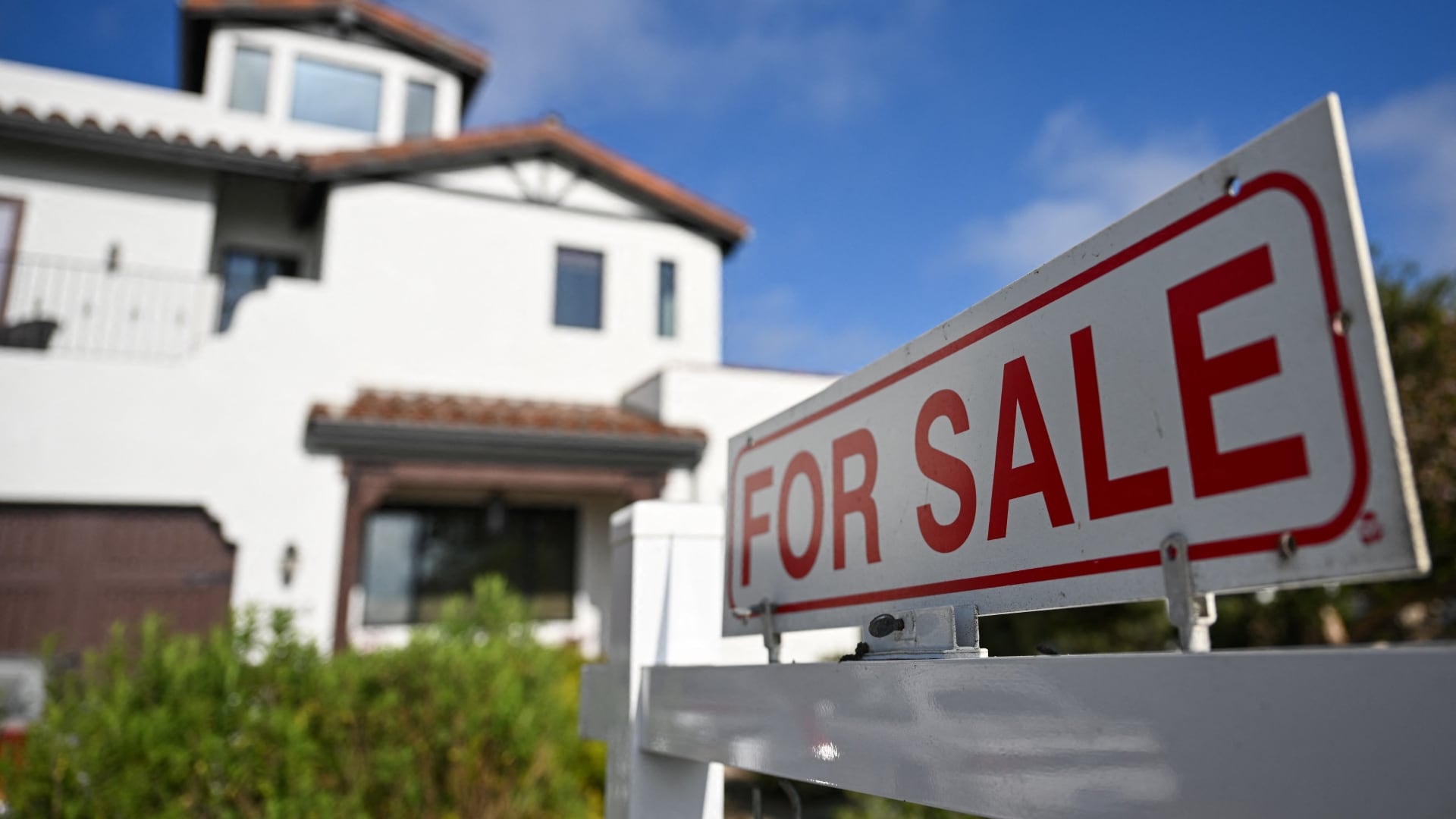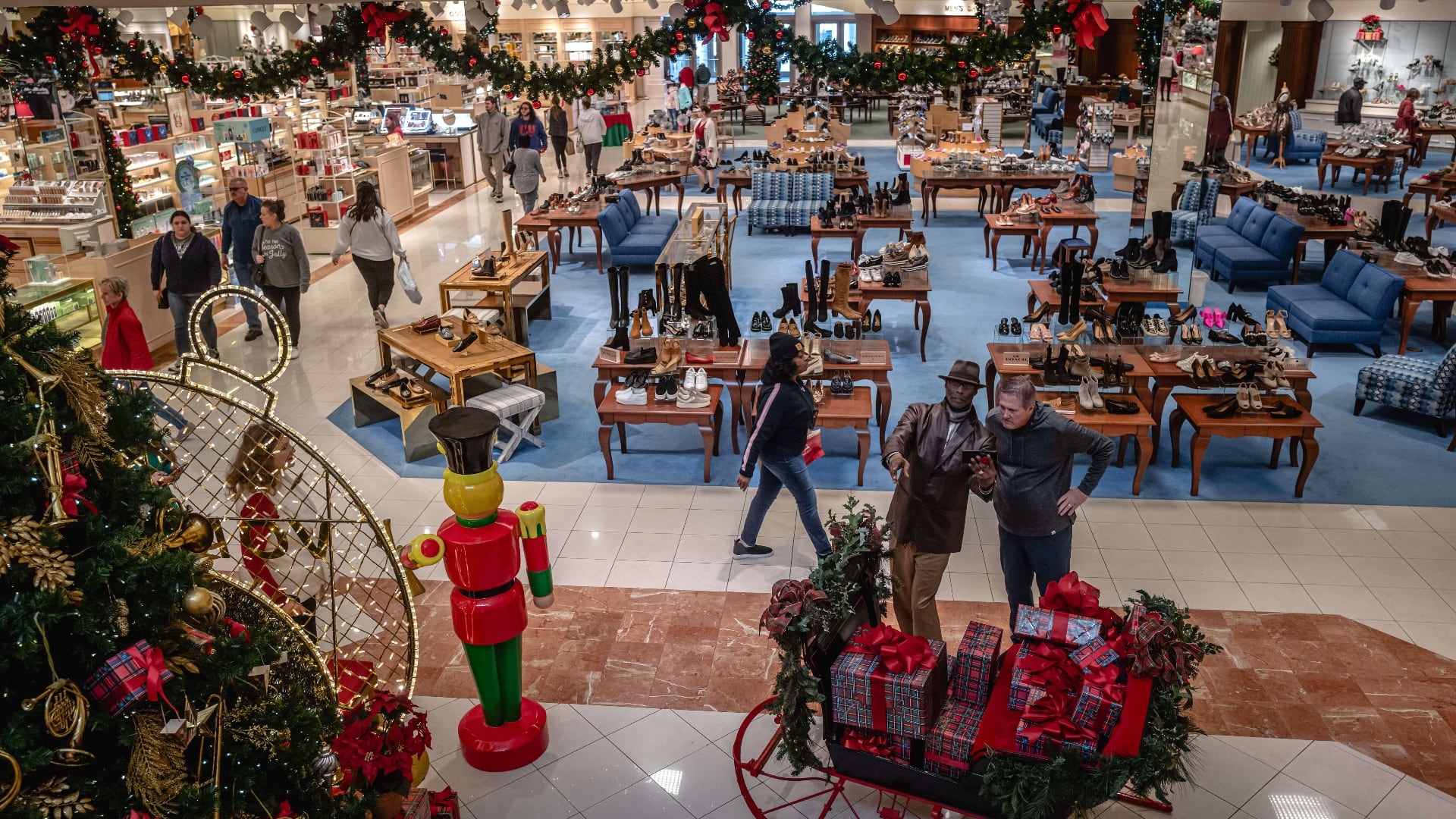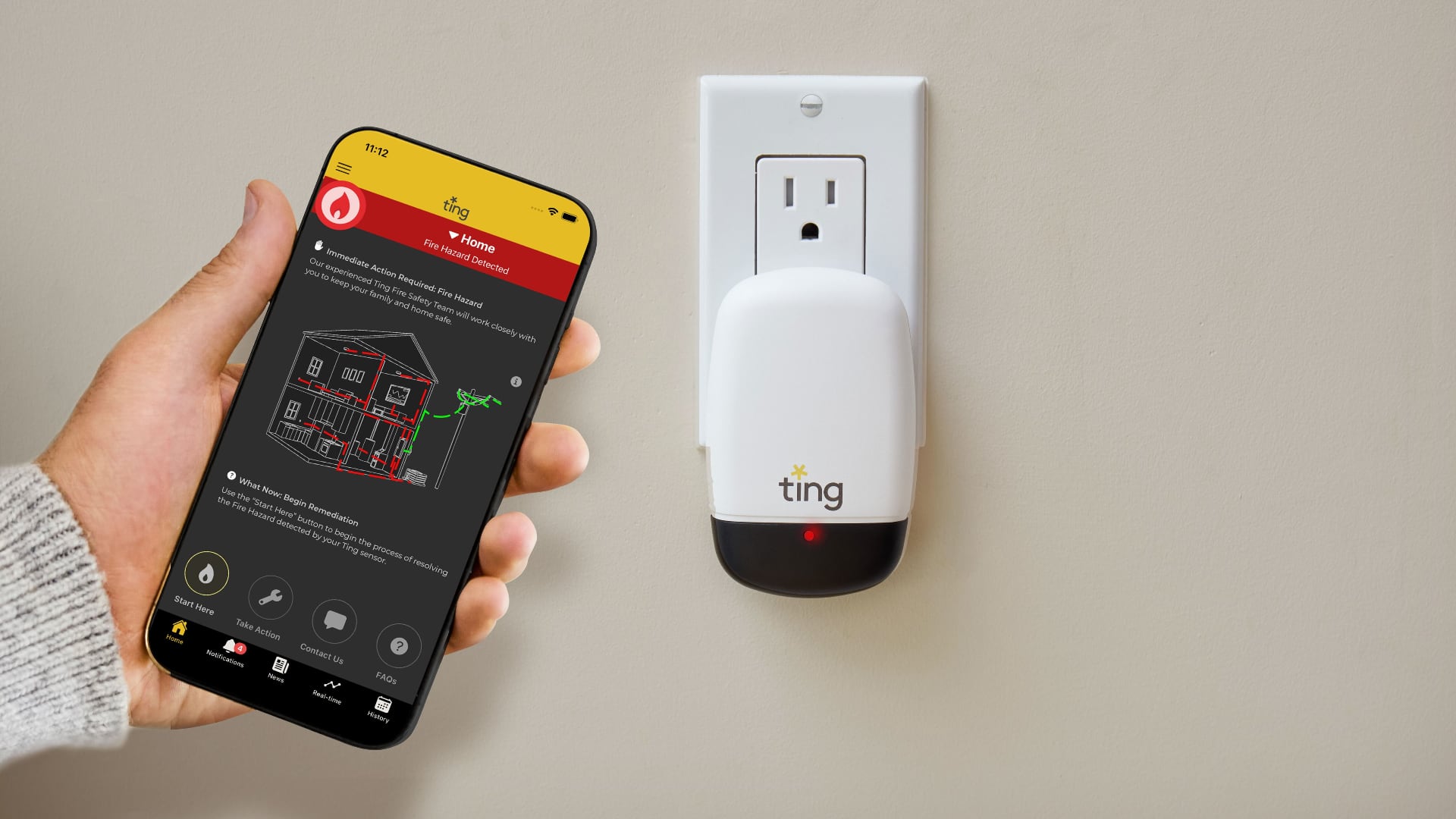Snooze A.M. Eatery, a Colorado-based breakfast and brunch chain known for colorful interiors, loud music, and high alcohol sales, is exactly the kind of dining experience that took a hiatus during the pandemic.
"Prior to COVID, we were primarily a dine-in, experiential business, and like most other casual, dine-in-focused restaurants, [coronavirus] impacted us substantially more than fast casuals and quick service restaurants," CFO Bill Long told Cheddar. "In mid-March, we saw our revenue fall within one week by over 80 percent."
What separates Snooze from the thousands of dine-in restaurants that have shuttered due to the coronavirus shutdown is a combination of good luck and planning. The chain, which has 43 locations, had already started developing an online ordering platform that it quickly launched to recapture about 20 percent of sales through pick-up and delivery orders. It wasn't a windfall, but it helped the company stay afloat until the economy reopened.
"The timing of it happened to line up and was very fortunate for us, but we saw the writing on the wall I'd say 18 months before COVID," Long said. "The consumer in general is looking for more convenience options."
Snooze may have seen the "writing on the wall," but in the slow-moving food service industry, many restaurants missed the message. The National Restaurant Association estimates that 100,000 restaurants, or about one in six of all establishments, have closed due to the pandemic, and some industry trackers believe the total damage could be far worse.
"Our forecast is that about 20 percent of all restaurants on the planet Earth will be permanently closed before the end of the year," said Aaron D. Allen, founder and chief strategist of Global Restaurant Consultants.
While small, independent operations have suffered mightily during the shutdown, large corporate chains are hardly immune. Casualties include ubiquitous national brands such as TGI Fridays, Ruby Tuesday, IHOP, Applebee's, and Denny's, which have closed hundreds of locations since the beginning of the year. Others, such as Chuck E. Cheese and Fuddruckers, have declared Chapter 11 bankruptcy, and more are expected to do the same if federal stimulus aid doesn't arrive soon.
"This is the most consequential moment in modern food service history," Allen said. "This is an industry that moves at the rate of population and inflation, very steady, very consistent year-over-year growth. Add more people, add more restaurants. Then wham: it came to a screeching halt."
Why some of these chains survive and others ultimately fail is difficult to pin down. Companies entered the crisis with varying financials and competitive positions, but all of them now need to adapt to survive in the COVID era.
'We're all omni-channel now'
The surest sign of a restaurant's ability to survive, and even thrive, during the shutdown was how quickly they could adopt what's called "off-premise" channels, such as pick-up and delivery. This meant that businesses already built for that, such as pizza, naturally did well.
"What we've seen since early on in the downturn is a big widening of sales performance between those in limited service, so quick-service and fast casual, and the rest of the industry," said Victor Fernandez, vice president of insights and knowledge at Black Box Intelligence, which researches chain restaurants exclusively. "Full-service was hit very hard and is still climbing its way back out."
The shift toward quick-service and delivery has hit mid-budget sit-down restaurants — the kind which have dominated shopping strips, malls, and suburban thoroughfares for years — particularly hard. Allen compares the situation to a familiar macroeconomic phenomenon.
"It's kind of like the American middle class being eaten away," he said. "That's a parallel for the restaurant industry. That full-service restaurant with a check average of less than $20 is the absolute worst place to be."
This didn't happen overnight, of course. The shift to fast-casual, beginning with the likes of Panera Bread and culminating in hyper-efficient, high-concept chains such as Sweetgreen and Chipotle, have been cutting into full-service or casual dining for the last decade.
"There's been a move in the U.S. restaurant industry over the past 15 years to a more limited-service model," said Jay Sonner, an investment banker for North Point Advisors, which handles the bulk of mergers and acquisitions for the restaurant industry. "That's what fast casual's been about. Then more recently there's been a greater move to things like delivery and off-premise."
In other words, a trend that might have taken years to reach its full fruition has been condensed into five or six months. To use industry-speak, "omni-channel," which means offering multiple channels for customers to access your products and services, is the way of the future.
"There's that old phrase, 'We're all Keynesians now,'" said Sonner. "Today we could say, 'We're all omni-channel now.'"
Even before the pandemic, many restaurants were still limping along from the last recession. Restaurants are currently leading bankruptcies as a sector at 12 percent of the total over the last three months, according to Allen, and experts agree casual dining establishments are by far the most vulnerable.
"It's the casual dining industry that barely survived the last recession," Fernandez said. "That's where we'll see the most bankruptcies because the economic model just doesn't work anymore."
Feast to famine
Both chains and independents are feeling pressure to adapt, Allen said, but chains may have a better chance of weathering the storm financially.
"If they can outlast the small independents, then once we kind of bounce back we'll have the same amount of population with a pent-up demand and 20 percent fewer restaurants," he said. "So that means even ones that maybe shouldn't have survived, but did because of financial engineering, will end up doing better than they probably have in years."
One problem that preceded COVID was a classic case of oversupply.
"One of the things we've been saying for a long time is that there was oversaturation in the restaurant industry in terms of the number of locations available of similar brands," said Fernandez.
Same-store sales at chains have been negative for the last decade, according to data collected by Black Box.
"It's not that there's less people out there," he said. "It's not there's less people eating at restaurants. It's just that there's more restaurants for every person, so spending got diluted among a larger base."
He added that some of these restaurant bankruptcies might have been coming down the pike anyway, but COVID sped up the process.
Ultimately, this market correction could bring supply and demand into a better balance, said Sonner.
"For the best brands and the best models, as we get through this it's going to be a growth renaissance because lease economics are going to be better, the labor market is going to be better, there's going to be less supply and similar demand," he said.
Of course, a "better" labor market for companies will necessarily stem from a devastating number of layoffs in the industry.
"Again, this is not something anyone would want to see, especially because of the impact it's bringing onto employees in the industry on such a large scale," Fernandez said. "But it seems like, at the end, there will be a market correction that might help the industry long-term."



